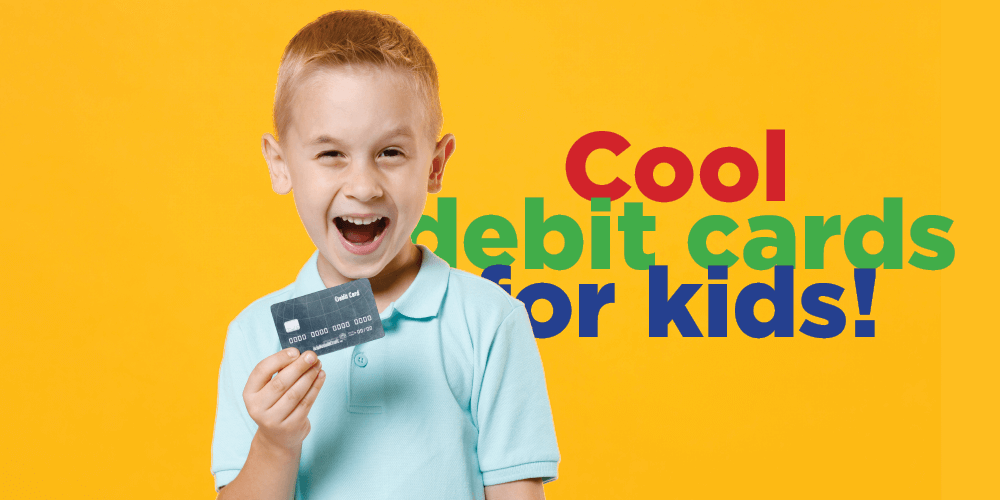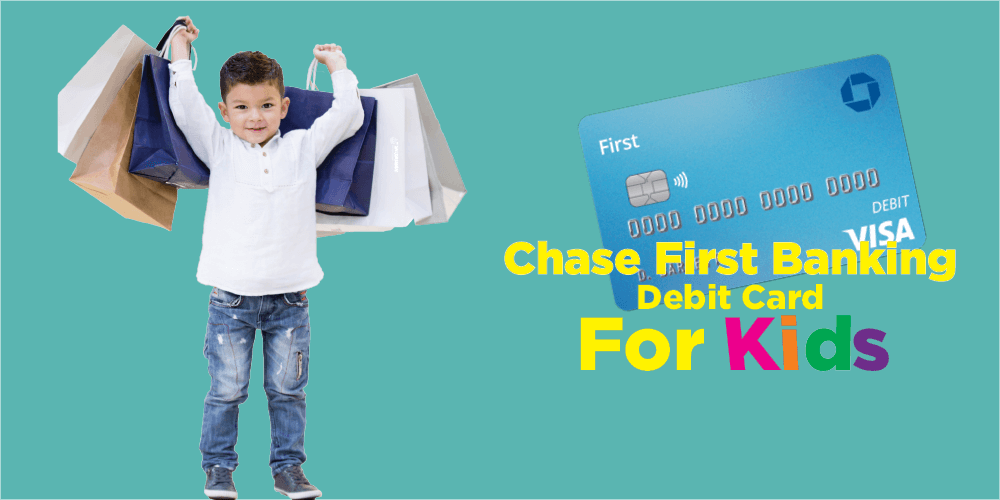Getting Your Child’s First Debit Card: Youth Banking Products and Safe Usage Tips
Getting Your Child’s First Debit Card: Youth Banking Products and Safe Usage Tips
Giving your child their first debit card is an exciting milestone that comes with the responsibility of managing money wisely. Introducing youth banking products and teaching safe usage habits can help your child build good financial skills from a young age. In this blog post, we’ll cover how to choose the right debit card for your child and how to educate them on using it responsibly.
Why Get a Debit Card for Your Child?
A debit card teaches essential money management skills, like budgeting and tracking expenses, while also giving children a sense of independence. It’s a practical way to introduce financial responsibility and prepare them for future banking experiences.
Step 1: Choose the Right Youth Banking Product
Banks offer various debit cards specifically designed for minors. Here are some popular options to consider:
Prepaid Debit Cards
- Load a fixed amount onto the card.
- No risk of overdraft since it’s limited to the loaded balance.
- Great for teaching budgeting without worrying about overspending.
Joint Checking Accounts
- Linked to a parent’s account, allowing easy monitoring.
- Can include spending limits and notifications for each transaction.
- Suitable for older teens who are starting to earn money.
Youth Savings Accounts with Debit Access
- Combines savings and debit features.
- Encourages saving while allowing occasional spending.
- Often comes with parental control options.
Step 2: Set Up the Account
Visit your local bank or credit union to set up the account. Be sure to bring the necessary documents:
- Identification: Your ID and your child’s ID or birth certificate.
- Proof of Address: A utility bill or official document.
- Social Security Number: For both parent and child.
Step 3: Educate on Safe Card Usage
Once the card is issued, teach your child how to use it safely:
- PIN Security: Never share the PIN with anyone.
- Tracking Spending: Regularly check balances and review transactions.
- Online Safety: Only enter card information on secure, trusted websites.
- Lost Card Procedure: Immediately report a lost or stolen card to the bank.
Step 4: Monitor and Guide
Stay involved by monitoring the account regularly:
- Set up transaction alerts to track spending.
- Review the monthly statement together to discuss responsible usage.
- Encourage saving a portion of any money they receive.
Tips for Responsible Card Use
- Set Spending Limits: Teach them to only spend what they have.
- Budget Together: Create a simple budget to guide their spending habits.
- Discuss Consequences: Talk about the impact of overspending and fees.
Final Thoughts
A child’s first debit card is more than just a way to spend money; it’s a tool for learning financial responsibility. By selecting the right product and teaching safe usage practices, parents can help their kids build healthy money habits that will benefit them for a lifetime.
Amazon best seller






Comments